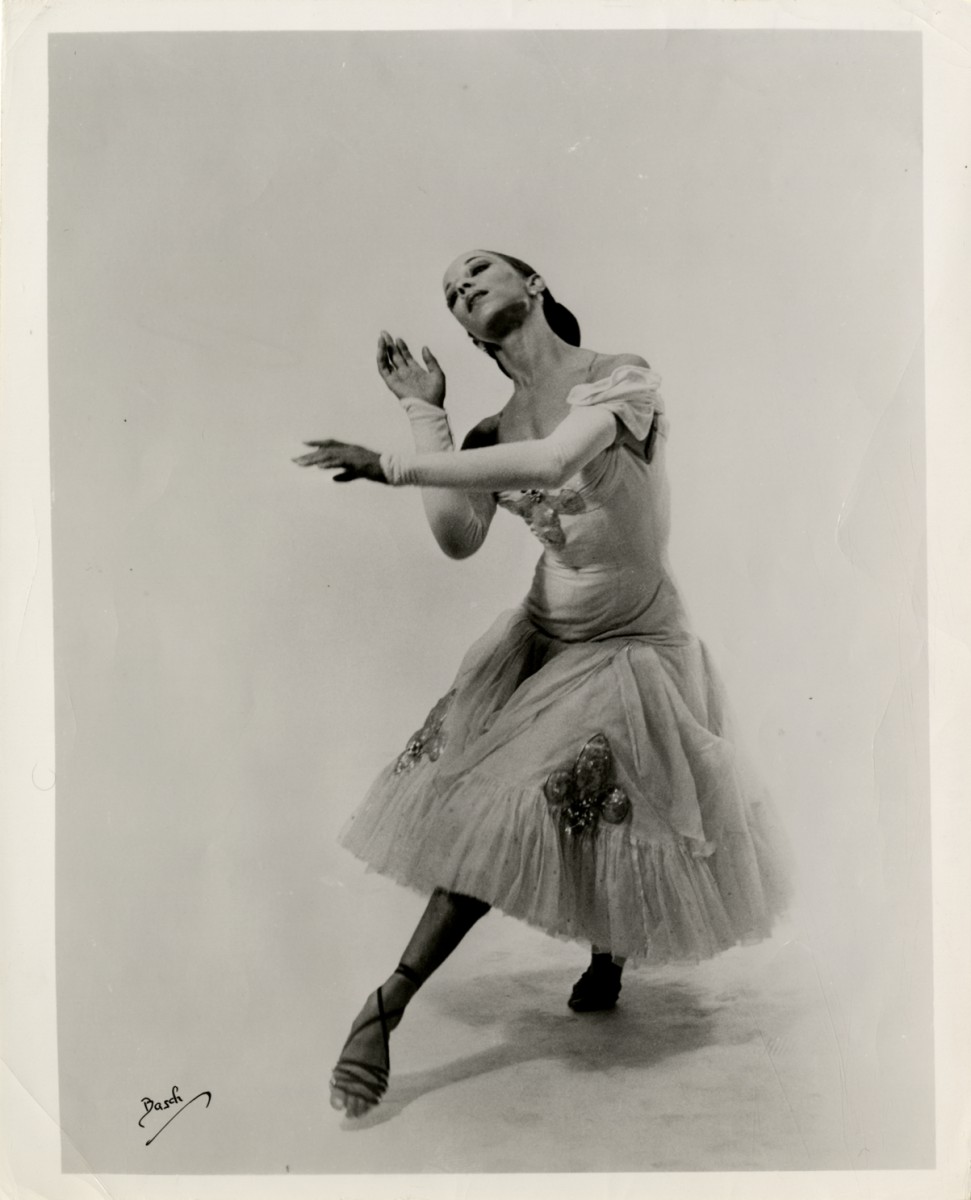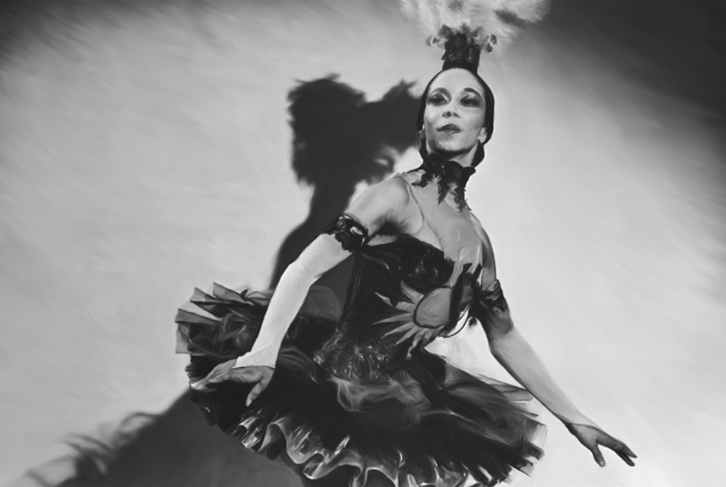
This article is provided courtesy of Atlanta Ballet.
Janet Collins broke color barriers in the 1950s when she became the first African American prima ballerina and one of the very few prominent black women in American classical ballet.
Collins was born on March 17, 1917 in New Orleans, Louisiana. She and her family moved to Los Angeles, where Collins started taking private dance lessons at a Catholic community center. Collins continued her dance training with Carmelita Maracci, who was one of the few dance teachers during the time to accept black students.
By the age of 15, Janet Collins was prepared to audition for Lèonide Massine and the De Basil Ballet Russe Company. Although she was accepted into the company, she declined the offer after being told that she would either need special roles created for her or dance in white face to disguise the fact that she was black. An upset Collins left the audition in tears and vowed to perfect her art so that race would not be an issue.
Collins appeared in her first theatrical performance in 1940. She and Katherine Dunham’s troupe performed in the 1943 musical film Stormy Weather. Collins made her New York debut in 1949 after performing her own choreography on a shared program at the 92nd Street Y. In the same year, after two more performances, Dance Magazine named her “the most outstanding debutante of the season.” Collins was noticed by Zachary Solov, the ballet master of the Metropolitan Opera House at the time, in a Broadway production of Cole Porter’s Out of this World. Solov then invited Collins to join the Metropolitan Company.
Janet Collins broke a color barrier on November 13, 1951 after her performance in a production of Aida. In 1952, a year after joining the corps de ballet, she became the first African American prima ballerina with the Metropolitan Opera. This marked the first time a black artist had joined the permanent company. Despite her success in New York, Collins faced racism on the road as the company toured to southern cities. As race laws kept her off of the stage, her parts were sometimes performed by understudies. Collins remained with the Met until 1954. She would go on to tour solo across the United States and Canada. She also taught at the School of American Ballet, San Francisco Ballet School, and the Harkness House.
Collins passed on May 28, 2003 in Fort Worth, Texas.
Contributed by Desiree Houston









